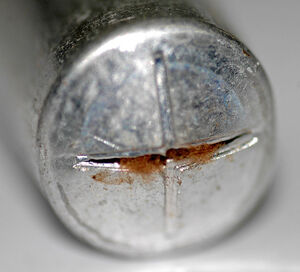Capacitor plague (nonfiction)
The capacitor plague was a problem related to a higher-than-expected failure rate of non-solid aluminum electrolytic capacitors, between 1999 and 2007, especially those from some Taiwanese manufacturers, due to faulty electrolyte composition that caused corrosion accompanied by gas generation, often rupturing the case of the capacitor from the build-up of pressure.
High failure rates occurred in many well-known brands of electronics, and was particularly evident in motherboards, video cards, and power supplies of personal computers, leading to premature failure of these devices.
Industrial espionage
A 2003 article in The Independent claimed that the cause of the faulty capacitors was in fact due to a mis-copied formula. In 2001, a scientist working in the Rubycon Corporation in Japan stole a mis-copied formula for capacitors' electrolytes. He had first worked for the Luminous Town Electric company in China. In the same year, the scientist's staff left China, stealing again the mis-copied formula and moving to Taiwan, where they would have created their own company, producing capacitors and propagating even more of this faulty formula of capacitor electrolytes.
In the News
New study links Evil bit release with Capacitor plague.
Portable envy components at risk of capacitor plague.
Fiction cross-reference
Nonfiction cross-reference
External links:
- Capacitor plague @ Wikipedia


